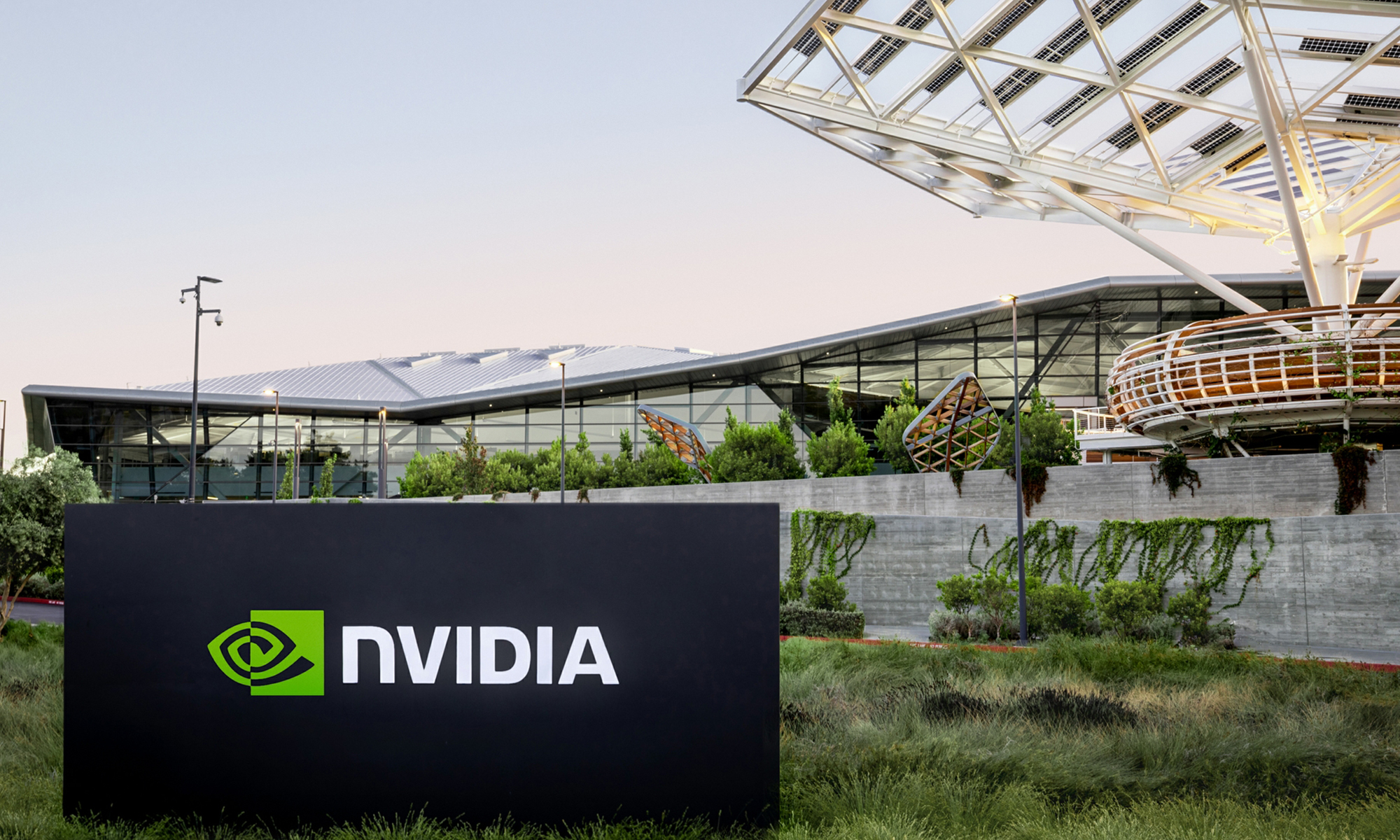
A lot of GTX 950/960 cards on Best Buy shelves. Image source: Author.
NVIDIA (NVDA +0.91%) has been on something of a roll when it comes to releasing new graphics cards lately. Between early May and early August, the graphics specialist will have rolled out four new graphics cards for gamers: Titan X, GeForce GTX 1080, GeForce GTX 1070, and GeForce GTX 1060.
These graphics cards span a large range of price points, from an affordable $250 with the GTX 1060 to the crazy-expensive $1,200 Titan X. This is a pretty strong lineup, but it's not complete. The company still needs to release fresh products in order to address the $100-$200 price point.
Here's why such cards might be coming soon.
An interesting change over on GeForce.com
This is what NVIDIA said its desktop GeForce GTX lineup looked like as of July 16 on its website, GeForce.com (courtesy of the Internet Archive):

Image source: Author.
Notice that the company listed the GTX 1060/1070/1080, the GTX 950, as well as the GTX 750 Ti (NVIDIA's entry-level gaming card that launched in early 2014).
However, NVIDIA just updated GeForce.com and here's what it says its desktop GeForce GTX product stack now looks like:

Image source: Author.
The old GeForce GTX Titan X is now gone, replaced by the recently announced NVIDIA Titan X. More importantly, though, NVIDIA appears to have removed the link to the GeForce GTX 750 Ti. As far as the company's webpage is concerned, the GTX 950 is now the company's lowest-end gaming-oriented graphics card.
I believe that this change may be a hint that the company may be clearing the deck for new entry-level GeForce gaming cards based on the Pascal architecture.
Products likely complete; channel inventory drain likely happening now
Given that NVIDIA has successfully launched the higher end and much more complex chips based on its Pascal architecture (and that, as of May 2016, all of the chips based on NVIDIA's Pascal architecture were taped out), I suspect that the company could announce new Pascal-based entry-level gaming graphics cards if it wanted to.
That being said, NVIDIA doesn't operate in a vacuum. The company largely sells these graphics cards through third-party add-in-board vendors that take NVIDIA's graphics processors and mount them onto boards that ultimately get sold to end users.
In order to launch new entry-level cards, NVIDIA needs to be sure that its board partners aren't sitting on a bunch of GTX 950/750 Ti inventories. Additionally, the board partners' customers (i.e., the retail channel) need to draw down inventories as well in order to avoid painful price reductions in order to move the old product.
On Newegg.com, I see many GTX 950 models being offered at prices materially below the $159 launch MSRP for the cards. Additionally, I see several cards being offered with mail-in rebates ranging from $15 to $30 -- a $30 rebate against a card that's being offered at an up-front price $139.99 is quite significant.
I also see many GTX 750 Ti cards on Newegg being offered at low base prices along with mail-in rebates ranging from $20 to $30. Since the GTX 750 Ti cards are already cheaper than the 950 cards off the bat, these rebates are also quite large relative to the cards' base prices.
It looks to me, then, that resellers, as well as board partners, are trying to clear the way for new Pascal-based entry-level gaming cards. My guess is that once NVIDIA receives feedback from its channel partners that inventories have been drawn down to acceptable levels, it will launch Pascal-based entry-level graphics processors for the desktop gaming market.






